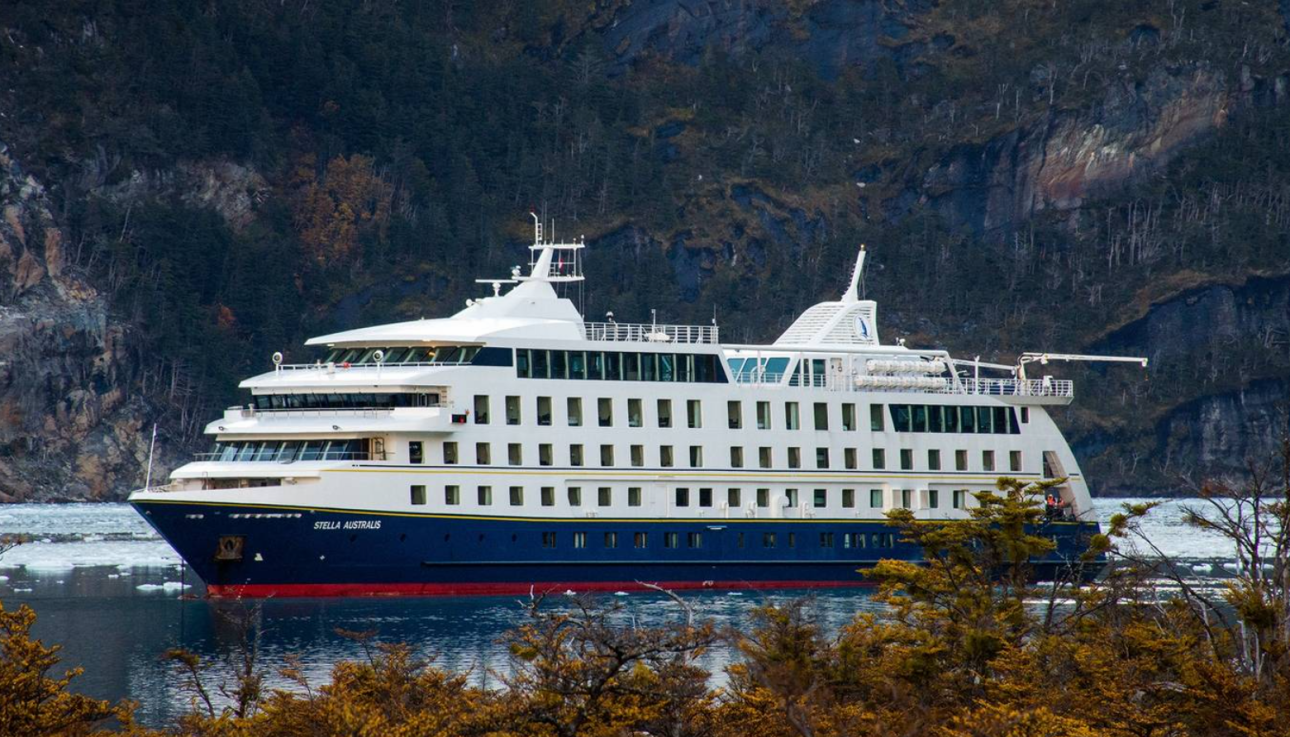The Location:
The LocationChile is a country in South America west of the Andes mountains bordering Peru, Bolivia and Argentina. From New York, a non-stop flight is 10h 40m. From London, it is roughly 17 hours with a layover.
Capital City:
Santiago is in the heart of Chile, close to both the Andes and the Pacific Ocean. It is Chile’s cultural and economic capital.
Main Airport:
Santiago’s Arturo Merino Benítez International Airport is the main hub for domestic and international travellers. It is located in Pudahuel, 15 kilometres northwest of Santiago. CODE: SCL; CLOSEST CITY: SANTIAGO.
Language Spoken:
The official language of Chile is Spanish. English is spoken in Santiago and common amongst the younger generations.
Currency:
Chile uses the Chilean Peso. The currency code is CLP. ATMs are widely available in most cities, but some have extravagant transaction fees. Bring more than enough cash to more remote areas like Patagonia. Some operators and hotels accept US Dollars.
Visas:
For Canadian, UK and US citizens, no prior visa is required and will be issued upon arrival. Australian citizens are required to pay a ‘reciprocity fee’ upon arrival. Stays of up to 90 days in Chile are allowed in most cases.
Electricity:
The electrical current in Chile is 220V/50hz while the European two round pin Type C and Chilean three round pin L are the standard plugs. Find out in advance if you require an adapter and/or a converter.
Vaccinations:
Typhoid, Hepatitis A and B, and rabies vaccinations are advised. Consult your doctor 4 to 6 weeks before you depart.
Emergency Calls:
The phone numbers to call in case of emergency are 133 for the police, 131 for an ambulance and 131 for a fire.
When to Visit
Peak Season
NOVEMBER TO MARCH
Generally speaking, Chile is a year-round destination. Thanks to its diverse landscapes, each of its main tourist regions has its own ideal season for visiting. November to early March are essentially its busiest months when the weather is in its most ideal and Chile as well as its neighbouring countries are on a summer break. The downsides are that prices skyrocket especially from December through February, and the tourist traffic is at its heaviest. If you have the budget, it’s the best time to visit the beaches and Patagonia. If you don’t, you might save some cash during the shoulder season from September through November.
Low Season
JUNE TO AUGUST
In the wintertime, the southern Chilean region is not exactly the most ideal place to visit, unless of course you’re doing a winter expedition. This is why it’s Chile’s low season, when most of the country’s most popular attractions temporarily shut their doors. Funny enough, it’s the best time to visit the northern sections like the Lake Region and the snow-covered Andes. Frolicking in the snow – whether on skis, snowboards or snowmobiling – is the favourite pastime. If you dislike the snow, fall from March to May might be ideal. Make a beeline for the wine country for the harvest fests. Extend through April to see fall foliage in the south.




